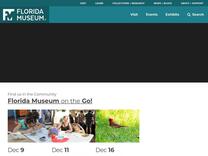Tasselled Wobbegong – Discover Fishes https://www.floridamuseum.ufl.edu/discover-fish/species-profiles/tasselled-wobbegong/
Eucrossorhinus dasypogon This unusual carpet shark has a fringe along the front of its flat head, and an elaborate camouflage pattern, ideal for its ambush style of hunting. It usually grows to about 4 feet long, with broad, rounded pectoral fins, and a series of lobed fins back to its asymmetric
found in the western Pacific Ocean off eastern Indonesia (Waigeo, Aru), Papua New Guinea

